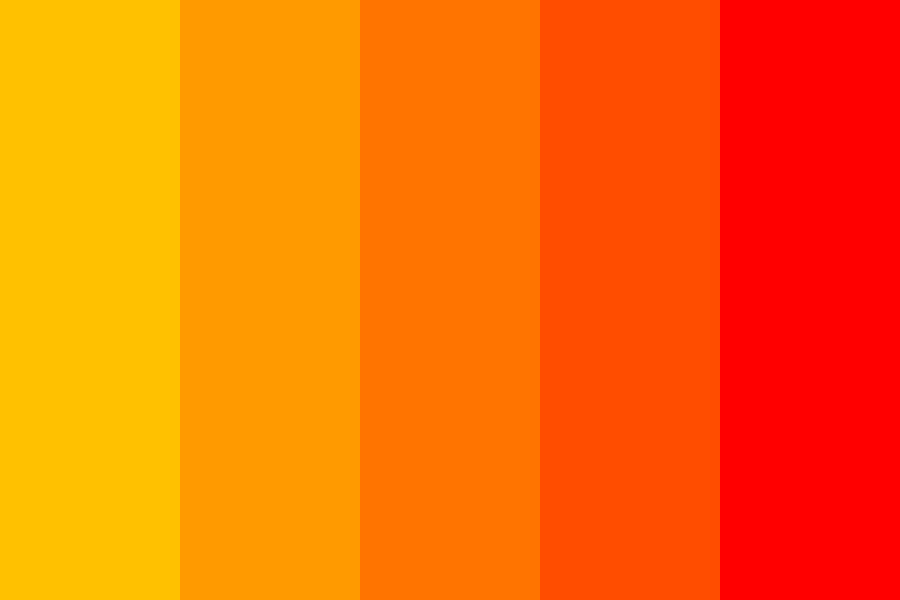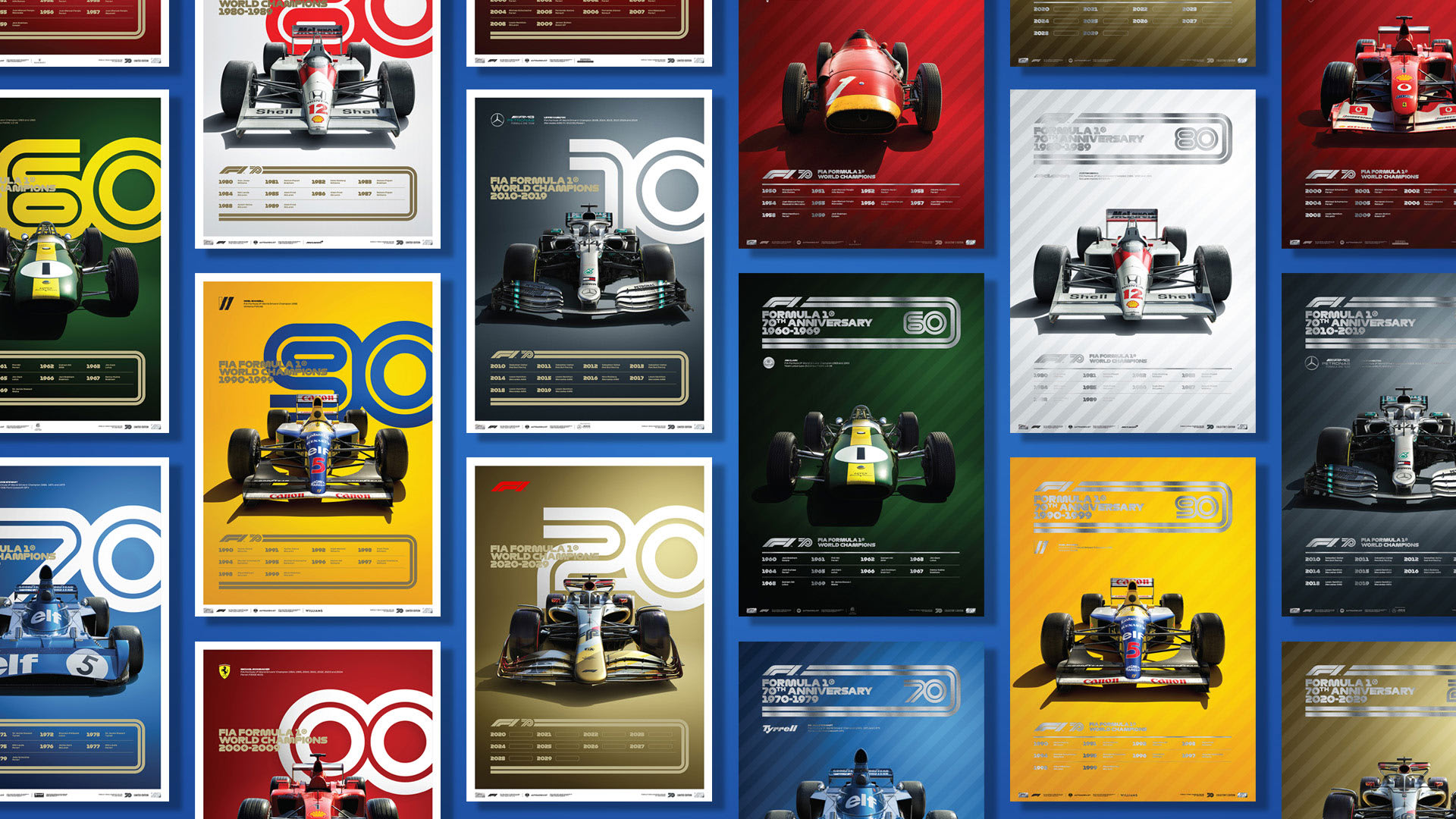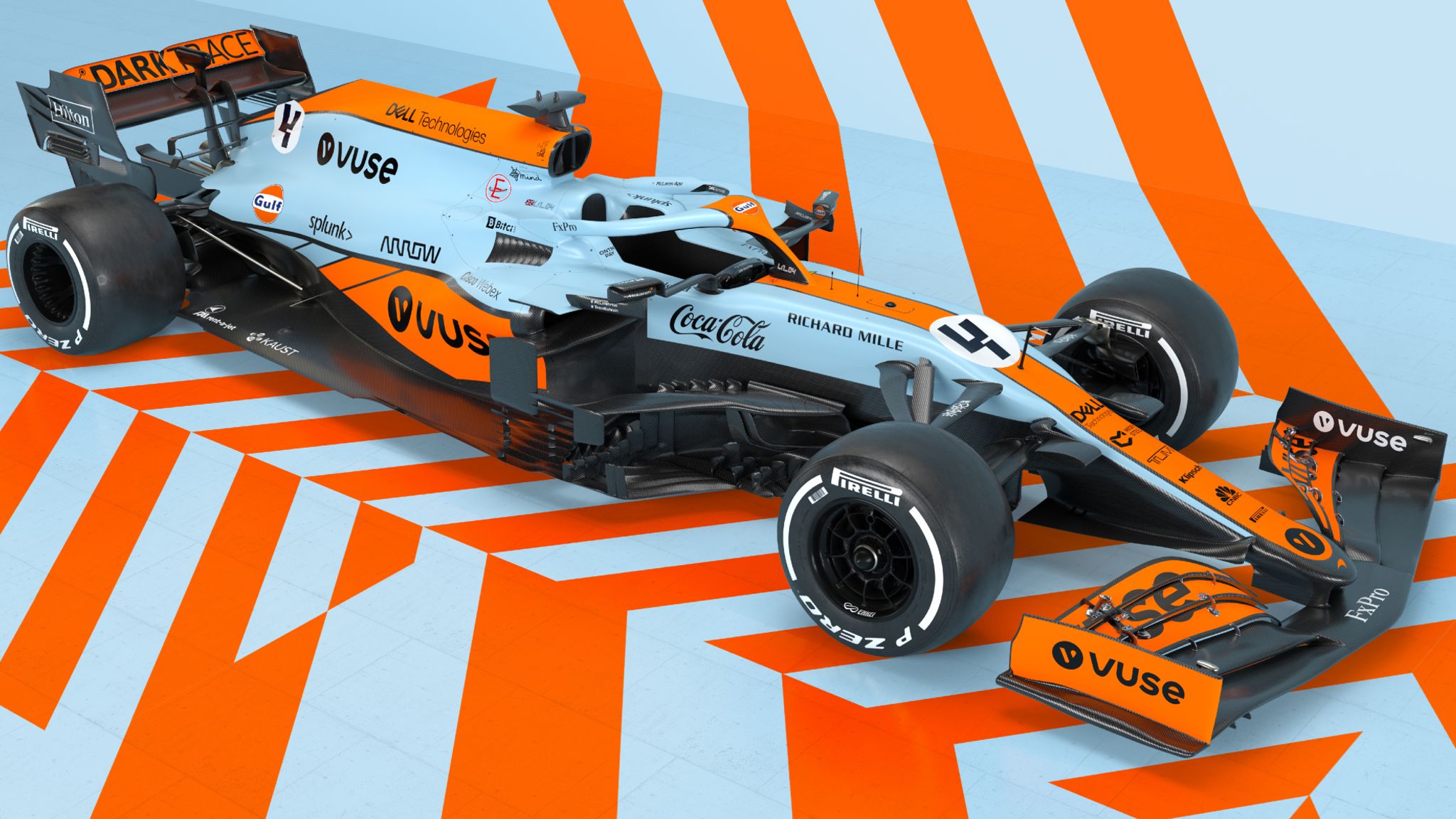What is Colour Psychology?
A popular area of colour theory is colour psychology, it assigns emotional and psychological connotations between colours and emotions. Many questions whether colour really does have an impact on our day to day activities and the short answer to this question is yes. There are multiple studies that support the theory that colour can impact our decisions. The same colours can also have different meanings that can be dependent upon a person’s upbringing, gender, location and values as well as a variety of other possible factors.
Primary Colours
Red- It is considered to be a strong colour and has the capacity to trigger physical responses from human beings, this can be through an example of a light going red at traffic lights making a person stop. The colour red can stimulate many feelings in a person from love and passion to anger and power. People tend to associate red with negative and danger bearing emotions, this being because it is the colour of fire, blood and sometimes dangerous animals. Across cultures, people tend to associate the colour red with the concept of anger this may be because it is the colour a person’s face goes when they have increased blood flow when they become angry, this is where the expression ‘seeing red’ comes from being based on these characteristics. However, the link between someone’s face turning a shade of red can also be because of someone having; elevated blood pressure, enhanced metabolism, increased heart rate, increased respiration rate which all can be linked to excitement and energy. The colour red is also linked to the thoughts of passion and desire; it is a colour that is consistently rated as more attractive to the opposite sex seen through research from 2008. A final thing red can represent although it can be linked to many more emotions, a popular linked emotion is the feeling of power. The red carpet that is rolled out for the most prestigious celebrities almost shows a sign of hierarchy and importance therefore the higher amount of power a person will feel when on it, as well as this a red tie is seen to be a ‘power tie’ when worn by businessmen. The association red has with power and wealth is a reason why women and men find the colour red so attractive.
Blue- The colour blue is favoured by many people and is often viewed as the most non-threatening colour as it calls feelings of calmness and serenity in the mind.Businesses that want to project an image of security often utilize blue in their marketing strategies, trying to appeal to their audience as calm and controlled. The colour can often create feelings of sadness, famously shown through Picasso’s work during his ‘blue period’ therefore some people tend to avoid this colour and to some the colour is one of the least appetizing and weight loss plans advise to eat food off a blue plate. In opposite ways to this, blue can lower the pulse rate and body temperature because of its calming attributes and the connections it has to be a ‘cold’ colour.
Yellow- It is the colour that is the most noticeable to the human eye. The radiant colour promotes happiness and optimism in a person more than any of the other major colours. Positive attributes to the colour red include; increased mental activity, heightened awareness, increased energy levels and an increased metabolic rate. However, as well as this, because it is such a strong and bold colour it is the most draining and fatiguing colour to the eye which can lead to agitation in the observer. Some negatives of the colour yellow include; increased irritability, increased anger, heightened levels of aggression and a heightened level of agitation. The colour yellow is regularly seen in logos and advertisements because of its eye-catching colour, this is most recognisably seen in the McDonald’s logo and the badge of the famous superhero of Batman.
Secondary Colours
Purple- In colour psychology purple is considered a royal colour and is connected to power, nobility, luxury, wisdom and spirituality. People often describe the colour as mysterious, spiritual and imaginative. It is a symbol of royalty and wealth, in ancient times, creating dyes to colour fabric often required a great deal of effort and expense. Because the colour purple is less common in nature it was harder to create dye with the colour, therefore, making it more costly. The colour purple also represents wisdom and spirituality, because of its rarity it gets connected to the unnatural, supernatural and divine. However, using too much colour is seen to cause frustration in people as some perceive its overuse as arrogant.
Orange- It is a colour that can be very strong and energetic, it can be very attention-grabbing which is why it is frequently seen In advertising. Orange is described as being a colour that makes people feel happy, uplifted and spiritual but as well as this, much like purple, tends to be a controversial colour it tends to be either loved or hated. It calls feelings of enthusiasm and excitement to the mind because it is a high energy colour, because of this it is regularly seen being used in sports teams’ uniforms, mascots and branding. A 2018 study published by Frontiers in Psychology discovered that the colour could increase energy levels and make it more difficult to engage in tasks such as studying and another study found orange was associated with feelings of playfulness and vibrancy. Other studies have found that orange is considered a highly stimulating but friendly colour and its attention-grabbing qualities is its reason for often being used in traffic signs and advertising. Orange is the colour of bright sunsets and foods such as oranges and tangerines so the colour is associated with the beauty of sunsets and the refreshing taste of citrus releasing the emotion of happiness. In the United States, the colour orange is associated with prison uniforms meanwhile in other countries is linked to religion and spirituality. The colour is often used in spiritual practices including medication and compassion, in Southeast Asia Buddhist monks wear orange robes that symbolize simplicity and letting go of materialism.
Green- The colour green is associated with balance and harmony, it is a great balancer of the heart and the emotions of a person. For many people, it has strong associations with nature bringing the idea of grass, trees and forests refreshing the mind because of their tranquil colour. Green is a cool colour because of its shorter wavelengths, in colour physiology colours that are made up of longer wavelengths are considered arousing or warm and colours with shorter wavelengths relaxing or cool. Our eyes need to adjust to colours that have longer wavelengths but those with shorter wavelengths do not need to and this is the same with the colour green, making it easy to look at with the eye. Other common associations with the colour include money, good luck, health, envy or jealousy.
Black and White
Black- A popular colour in retail, black has the symbolic meaning of mystery, power, elegance and sophistication; in contrast to these, it can also evoke emotions such as sadness and anger. Some brands use black and white photos to keep consistency in their brand and the colour is seen to be used across multiple fashion retailers’ logos. It isn’t a primary, secondary or tertiary colour as it isn’t on the colour wheel or even considered a colour at all. Black absorbs all light in the colour spectrum, it is also all colours on the colour spectrum. For some, black evokes positive associations including attractiveness and elegance; it oozes sophistication and is the reason why so many wear the colour when attending a fancy event. It’s also why high-end brands like Tiffany & Co and Chanel utilize black in their logos. Despite this, the colour is also used to symbolize all things negative. In history, the sombre colour has been tied to death, anger, fear, aggression and anger. It has been associated with many negative actions and events such as; Black Monday, Black Plague, Black magic, Blackhole, Black-hearted, Blackmail, Black market and a Blackout.
White- The colour that represents purity and innocence, a bride wearing white is often thought to convey to brides virginity yet blue was once the colour worn to symbolise her purity. Designers often use the colour white to make rooms seem larger and more spacious as it can create a sense of space or add highlights. However, the colour is also described as cold, bland and sterile and whilst a room painted white can make t seem more spacious it can also make a room feel empty and unfriendly because of its lack of warmth within it. Hospitals and hospital workers use white to create a sense of sterility because of its brightness and cleanliness. Positive meanings behind the colour include; cleanliness, freshness and simplicity because of its blank slate the colour can symbolize a new beginning and fresh start. On the negative side, however, is the colour can also come across as stark, cold and isolating. In one study on adults’ colour preferences out of the 18 colours white only ranked fifteenth as the overall favourite colour yet was ranked first for evoking moods of quietness and concentration.
It is important to consider colour psychology when creating a design as by using a certain colour you can portray emotion through the colour you choose. However, by choosing any random colour you can also portray the wrong emotion for example using the colour black when trying to evoke the emotion of happiness when a more suitable colour for this would be yellow.
Planning for Drinks Brand

Brand Name- Golden Glazed
Slogan- Glaze your senses in luxury.
Target Audience- Over 18s, alcoholic drink
























































































































